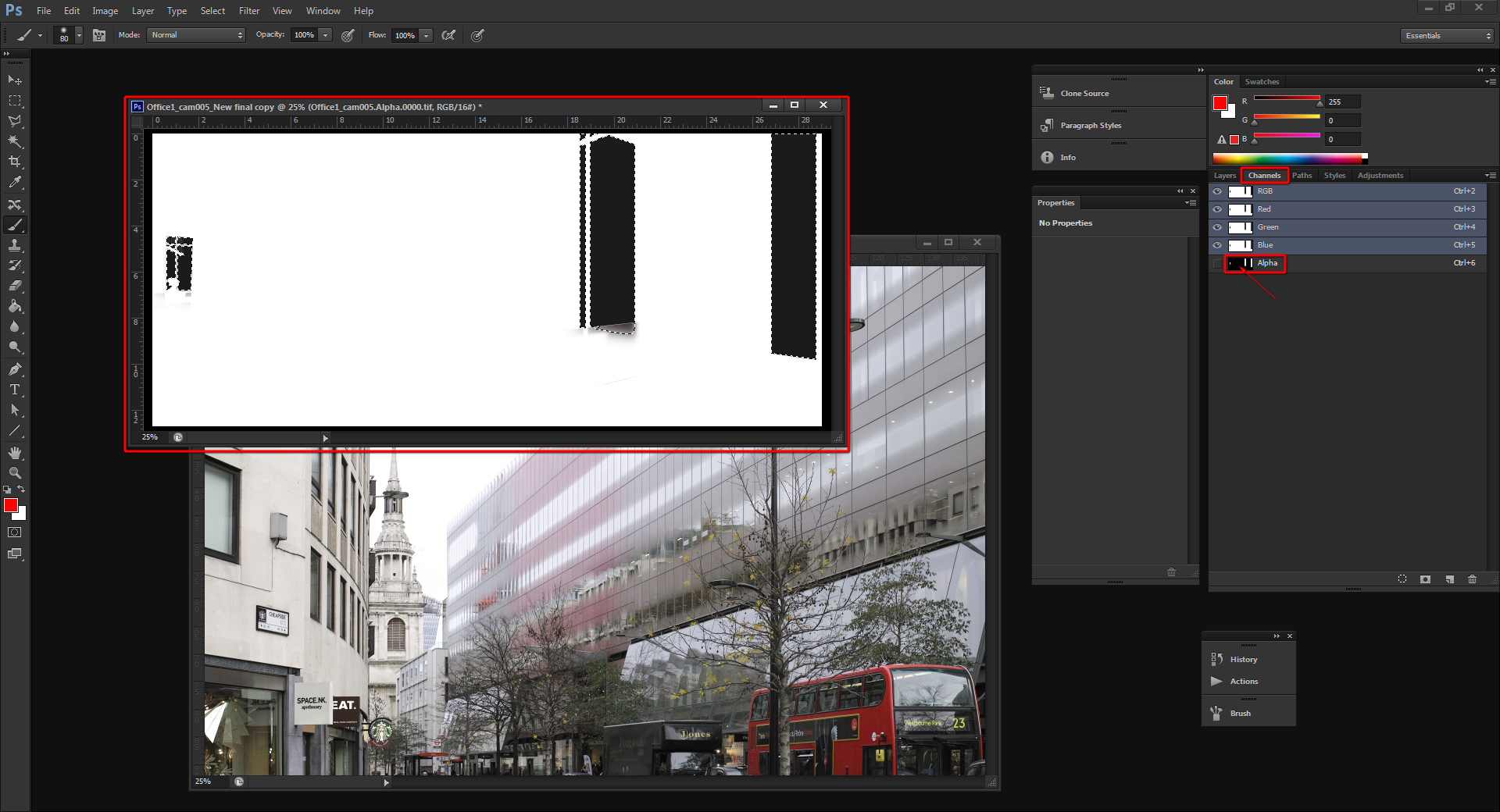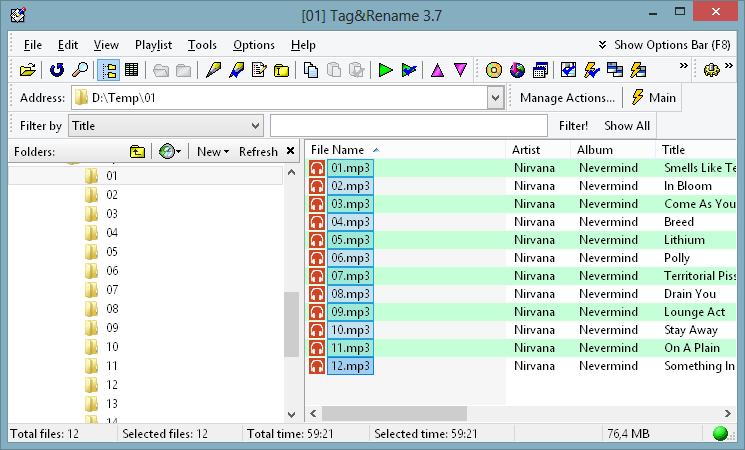
Rename Multiple Files Using a Third Party App You can learn more about PowerShell in general from our Geek School guide, and learn more about the rename-item commandlet from Microsoft’s TechNet Library. And, of course, you can also build more complicated commandlet structures that even include IF/THEN logic. For example, the rename-item commandlet also offers features like a -recurse switch that can apply the commandlet to files in a folder and all folders nested inside that folder, a -force switch that can force renaming for files that are locked or otherwise unavailable, and even a -whatif switch that describes what would happen if the commandlet was executed (without actually executing it).
#SONGKONG RENAME MASK FOLDERS HOW TO#
RELATED: Geek School: Learn How to Automate Windows with PowerShellĪs you might expect, PowerShell offers tremendous power when it comes to naming your files and we’re only scratching the surface here. The rest of the commandlet just signifies that any space ( " " ) should be replaced by an underscore ( "_" ). The -replace switch indicates that a replacement is going to happen. The $_.name part stands in for each of the files getting piped. The dir part of that commandlet lists all the files in the folder and pipes them (that’s the | symbol) to the rename-item commandlet.

We could use the following commandlet: dir | rename-item -NewName Say we wanted to replace the space in those file names with an underscore so that the file names contain no spaces. Pipe the output of Dir to Rename-Item and you’re in business. Using PowerShell, you can pipe the output of one command-known as a “commandlet” in PowerShell terms-to another command, just like you can on Linux and other UNIX-like systems. The two important commands you’ll need are Dir, which lists the files in the current directory, and Rename-Item, which renames an item (a file, in this case).

PowerShell offers even more flexibility for renaming files in a command-line environment. If you’re interested, the folks over at the Lagmonster forums have an excellent writeup on the subject. RELATED: How to Write a Batch Script on WindowsĪnd this only begins to address the kinds of command line wizardy you can get into if you want to build more complicated commands-or even batch scripts-by weaving other commands and conditionals into things. html extension to use the same file name and same first three letters only of the file extension, which ends up cutting the “l” off of all the extensions in the folder. This tells Windows to rename all files with the. You could use the following command to make the change: ren *.html *.?
#SONGKONG RENAME MASK FOLDERS FULL#
The command accepts wildcard characters like * and ? for matching multiple files, which can be helpful if you only want to rename a certain selection of files in a folder full of many.Īnd while we’re on the subject of wildcards, you can also do some interesting things with the ? wildcard, which is used to stand in for any single character. If you need more power than that, you can use the rename or ren command in a Command Prompt window to one or more files. Rename Multiple Files from the Command Prompt All the selected files are renamed using the name you just typed, and are appended with a number in parentheses to differentiate them. Type a new name for the file and then hit Enter or click somewhere else in the window.

You’ll see that all the files remain selected, but the first one in the group gets its name highlighted so you can type a new name.

When you’ve got the files selected, use one of the rename commands-the button on the Home menu, the command on the context menu, or just press F2. Start by selecting a bunch of files-you can hold down the Ctrl key to select multiple files at once, or Shift to select a range of files. If you’re renaming a bunch of files in the same folder and those files don’t need completely different names from one another, Windows provides an easier way to rename those files in batch. Keep hitting Tab and typing names this way and you can easily rename all the files in a folder if you’re so inclined. Here’s where things get interesting: you can also hit the Tab key to automatically select the next file name in the folder so that you can immediately begin typing a new name for it.


 0 kommentar(er)
0 kommentar(er)
